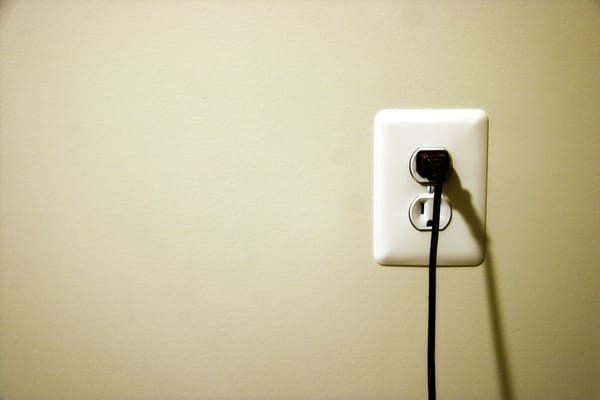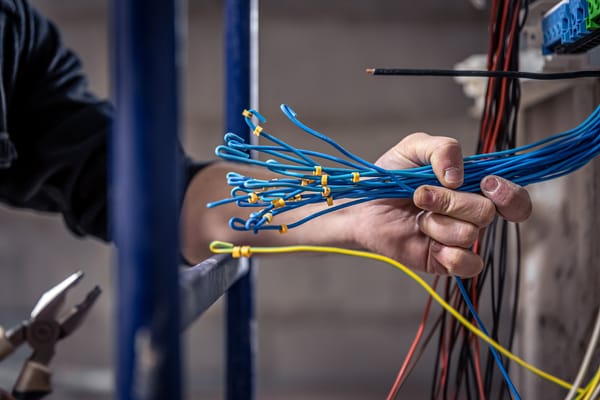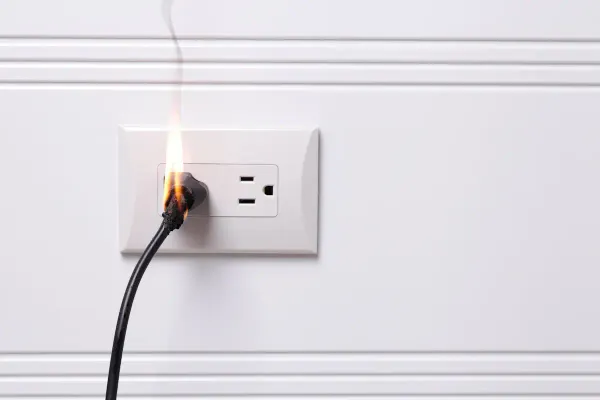When you lease solar panels, you bypass the steep upfront costs of building your own solar energy system. But when you choose to purchase solar panels, you just might set yourself up for profit in the long run.
Leasing solar panels is a good way to get solar power on the cheap. Depending on the type of lease, you may only have to make a monthly payment of 10 to 70 times less than buying solar panels. However, in the long term, leasing solar panels might just be more expensive than buying them. Plus, solar leases typically come with no solar incentives or rebates.
On the flip side, buying solar panels costs a lot - loan payment or not. But if you intend to use a solar system for many years, purchasing solar panels might be cheaper than the upfront costs make it seem.
Leasing vs Buying Solar Panels Guide: Similarities Between Leasing Solar Panels and Buying Them
Renewable Energy
It goes without saying, but whether you purchase solar panels or lease them, you still get to use renewable energy and promote conservation.
Savings on Energy Bills
Another similarity between buying and leasing is the savings on energy bills. With a functional solar electricity system, your house will become less reliant on grid electricity. In the end, you either get off the grid totally or consume less grid electricity. Either case leaves you with a lower electricity bill.
Differences Between Buying Solar Panel Systems and Solar Leases
Ownership
The primary difference between buying solar panels and leasing them is ownership. When you buy solar panels, you own the panels. But when you opt for a solar lease, you do not own the panels; they remain the property of the renting solar company.
Why is ownership important? For one, with ownership comes flexibility. People who own their solar panels can readily upscale or replace components of their solar power system. Such flexibility does not come with a solar lease.
Beyond flexibility, owning a solar panel system outright qualifies you for incentives like federal solar tax credit.
Incentives
As previously hinted, purchasing solar panels qualifies you for various incentives unlike leasing them. Of such incentive is the federal solar tax credit. States like California, New York, and Texas also give tax credits.
Another potential incentive you get when you buy solar panels is a cash discount. Many times, when you make a cash purchase, you could get a discount as high as 25%.
With leasing, there's barely any incentive beyond the low short-term cost.
Cost
The cost of installing solar panels is typically in the thousands or ten thousand. But then, not everyone can afford it and not everyone has enough credit score for a loan to buy one. This is where solar equipment leasing comes in.
On average, monthly payments for solar leases cost around $50 to $150. Prices can go as high as $250, depending on the rating of the leased solar panels.
Contrarily, the costs of solar construction range from around $1500/kW to $2200/kW. So, for a 2 kW solar energy system, you'll have to pay no less than $3000. Compared to that, it is easier to shell out $50 every month. But then, the cumulative costs of renting solar panels become comparable to the upfront cost of buying them as time passes.
For instance, $50 monthly for 5 years is $3000. So, you'll spend around $3000 renting a 2 kW solar system in 5 years. But with the average solar panels lasting at least 10 years and up to 25 years, buying 2 kW solar panels for $3000 will ultimately yield a lower yearly average cost.
For the leaser, the yearly average cost remains at least $600. But for the buyer, the average yearly cost drops to $500 in the 6th year, and it keeps dropping for every year the solar system remains functional.
In the end, the cost advantage of leasing vs buying solar panels is subject to a personal assessment. It all depends on each person's finances.
Maintenance
The maintenance of leased panels is typically handled by the solar leasing company. So, you never have to worry about accruing maintenance costs.
When you buy solar panels, you are solely responsible for the maintenance. So, while you may have reduced (or no) utility bills, you may have to incur some maintenance costs. But the good news is that the maintenance of a home solar panel system is typically infrequent and inexpensive.
Insurance
Typically, when leasing solar panels, you do not have to get solar panel insurance coverage. Most times, the leasing solar company gets insurance for the panels themselves. But in a few cases, the company may require you to get insurance coverage alongside the solar lease.
Contrarily, when you buy your own solar system, you are solely responsible for the insurance coverage. Thankfully, many insurance companies include solar panels in their home insurance policies.
Home Value
Solar panels are a great way to invest in your house. If you intend to sell at any point in the future, installing your own solar panels can see you get a great deal.
Depending on the age of your solar panels, grid electricity costs, and location, your house can appreciate over $10,000 because you have a solar system. Appreciation is unlikely when you lease.
Buying solar panels can also help get your property off the market quickly. On the contrary, it is harder to sell homes with a leased solar system.
Options
In general, whether you choose to lease or buy solar panels, you have two main options for each choice.
Buying Solar Panels
When buying a solar panel system, you can either get a solar loan or pay in cash. While the cash option might be the most demanding, it comes with a fair amount of financial benefits.
For one, cash payments are more likely to attract discounts from installers. You can even get up to 25% discount through this payment method. Besides, cash payment is more cost-effective than a solar loan in the long term since it does not attract interest.
Still, paying out of pocket is not the easiest option for many people. This is why solar loans exist.
There are two main types of solar loans: re-amortizing loans and combo loans. The combo loan combines a primary loan and a bridge loan. On the other hand, the re-amortizing loan comes with re-amortization - a way to reduce the principal and lower your monthly payment.
Leasing Solar Panels
When leasing solar panels, you can either enter a solar power purchase agreement or pay a fixed monthly fee.
The power purchase agreement (PPA) basically means paying for the solar energy the system generates for you. On the other, fixed monthly payments involve paying a flat rate, regardless of how much energy you get from the system.
Solar Loans Guide
Barring the likelihood of getting discounts, solar loans come with pretty much the same advantages as cash payments. For one, you own the solar panels and qualify for tax credits, unlike solar leases.
Of course, there's the added advantage of not having to fund the steep initial cost yourself. But then, you'd still pay more money overall through interest.
Generally, you need a DTI of less than 50% and a credit score above 650 to get a solar loan. Besides, you must own the home and it must be a primary residence.
Combo Loans
Combo loans are one of the two common solar loan structures. They are typically a combination of two loans: a primary loan and a bridge loan.
The primary loan will cover the cost of the solar panels after the deduction of the federal solar rebate. Then the bridge loan covers the value of the tax credits.
Combo loans usually require no down payments. Also, the repayment period can be as long as 20 years, depending on your agreement with the lender.
One vital thing to note about combo loans is that you must repay the bridge loan within a specified period. If you don't, it will be added to the primary loan, raising the value of your monthly payments.
Re-Amortizing Loans
With re-amortizing loans, you get the chance to pay a lump sum of the principal. This will bring your monthly payments down as your total principal will now be less than the initial sum.
One type of re-amortizing loan you can try out is a home equity loan. Of course, this requires that you have home equity.
What Are the Differences Between a Solar Lease and a Solar PPA?
A solar PPA is a type of solar lease. It is an arrangement that sees you pay the leasing solar company at a rate dependent on how much power the solar system generates.
For instance, the company can lease to you at a rate of 14 cents per kWh. So, every time the system generates 1 kW for 10 hours, you incur a bill of $1.40. The primary advantage of a power purchase agreement is that you only pay for the power you get.
The alternative to solar PPA is fixed monthly payments (also a type of solar lease). As the name says, fixed monthly payments involve paying a fixed amount every month. So, whether you get enough or barely any power, the price remains the same.
While fixed payments and PPA differ in their rates, they share one similarity. Both of them usually come with an escalator. So, the rates you start with may not be the same in a few years.
Conclusion
Your choice between whether to lease or buy solar panels is largely dependent on you. For the most part, it depends on your living situation and what you can afford. However, taking out subjectivity and buying a solar panel offers better advantages overall.






